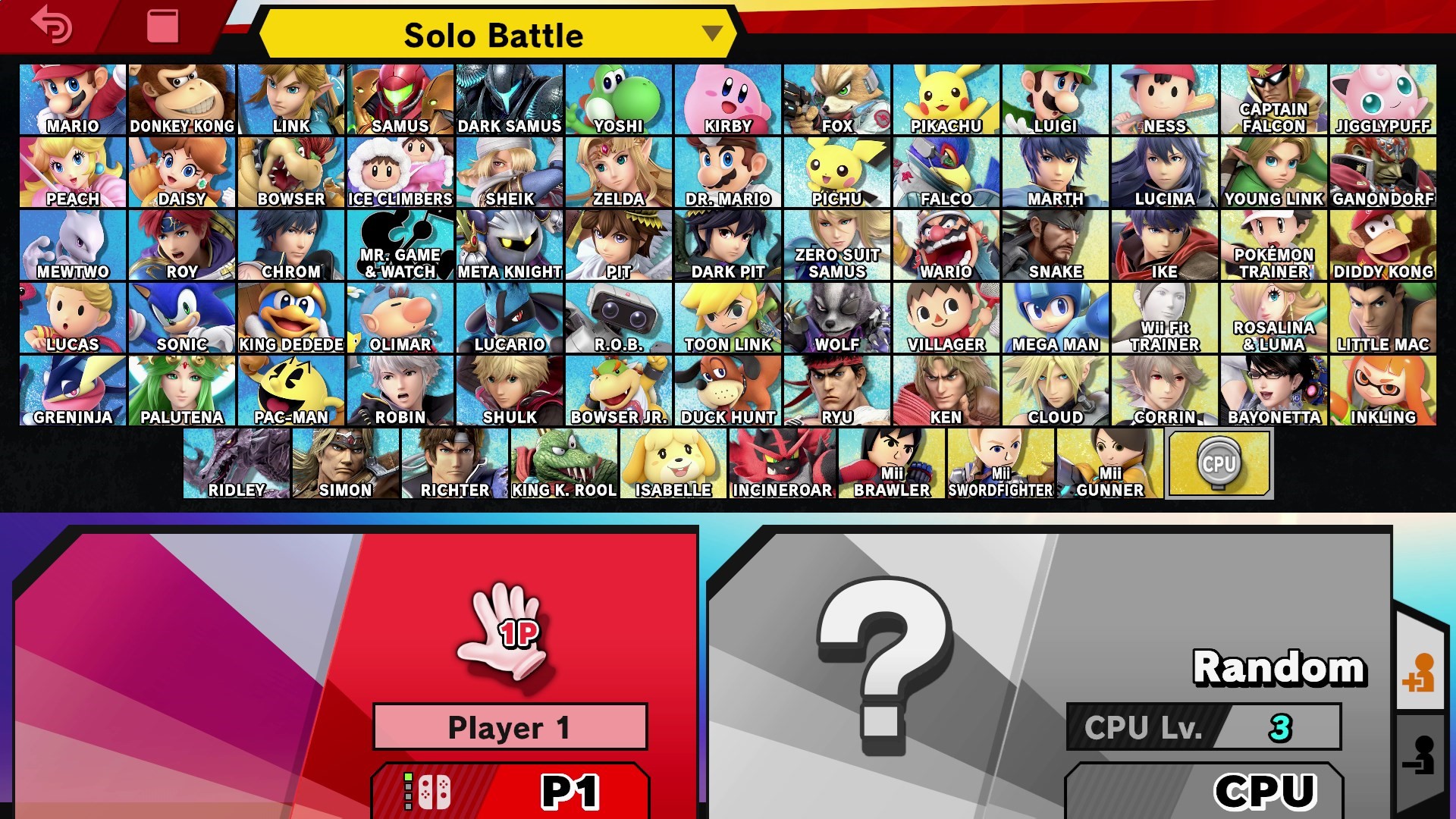I like V Rising. I don’t think it’s a perfect game. But it cost $20, and I’ve played 60 hours of it. If that’s not an easy recommendation, I don’t know what is.

V Rising is a multiplayer survival/crafting game in the vein Valheim or Rust. Instead of following their lead and being in a first person or over the shoulder camera, V Rising has a top down camera much closer to something like Diablo.
And instead of being a human unlucky enough to wash up on some random island, you’re a vampire.
The vampire thing isn’t just a theme. Sure, there’s a blood meter that replaces your hunger bar. But who you drink blood from also heavily impacts gameplay. Drink blood from a worker, and you’ll harvest more resources. Drink blood from a nun, and you’ll restore health when casting spells. Drink blood from a warrior, and you can parry some incoming attacks.
Also, you burn real hard during the daytime.
The general gameplay loop of V Rising is straight forward. After you get through the game’s equivalent of tutorial, and have a simple base set up, you’ll venture out to farm materials to craft better gear. Once your gear is good enough, you can go fight stronger bosses or “V Blood Carriers.” Defeating a boss and harvesting V Blood unlocks additional spells, powers, and crafting recipes. Then you can craft better gear! But that might require expanding your base, which requires more resources. So you rinse and repeat.

Of course, when I say “harvest resources” I mean less in a “harvest crops” sort of way, and more in a “humans in the Matrix” sort of vibe. V-Rising’s combat is probably closest to Battlerite (not surprisingly, given that Stunlock made both games). If you’re not familiar with Battlerite, I’d say it feels like a slower-paced version of League of Legends. Also, damage, health and “level” is all completely dependent on the level of gear you have equipped.
I never really had that “Power Fantasy” moment that I get from games like Path of Exile. Instead, you’re limited to 3 skills from your weapon, 2 spells, and an ultimate skill. Even when you outlevel an enemy, unless the difference is absolutely massive, you can still get put into the dirt. The combat is at its best in the game’s boss fights against V-Blood Carriers. It’s at its most annoying against packs or random mobs.
I don’t have too much to say on the multiplayer, mostly because I feel like you can play the game however you want. My first 50 hours were with a few friends on a publicly-hosted PVE server. The next 10 where those same friends on a privately hosted PVP server, and now we’re not friends anymore. Jokes aside, the multiplayer works well, and many of the factors like resource scaling are configurable. If you want a comfy base building setup with some friends, you can just join or host a PVE server with 5x resources, and the ability to teleport. And if you’re masochistic, you can join a 0.5 resource PVP server. Changing the pace and flow is pretty much just a server config setting.
I don’t think the game’s perfect. There’s a whole system for binding and turning humans into vampire servants, but their utility is limited outside of equipping them with a bit of gear, and sending them out on timed missions to gather resources. While the weapons are fairly diverse, the clothing options are a completely linear path, with no build diversity other than “big number good.”

Still though, there’s a lot more thought than often goes into games like this. It’s not possible to build a base in such a way that blocks off other players from a critical resource. The number of bosses is fairly high, and despite many of them just being random humans, the actual fights feel meaningfully diverse.
I think V Rising’s greatest strength compared to a lot of the other crafting/survival games is how complete the game loop feels. In 60 hours, I think I only looked at a wiki or guide 2-3 times, and I never encountered any jank.
V Rising is $20 on Steam. It’s a pretty good time. If you’re looking for a solid survival game, or a base builder, I feel comfortable recommending it.
Ed Note: Screenshots are blatantly ripped from the Steam Store page, at time of publishing. The game’s UI doesn’t look like this anymore, though. I still think these are decent representations of what V Rising looks like, even if the lighting in the screenshots is a bit nicer.
















